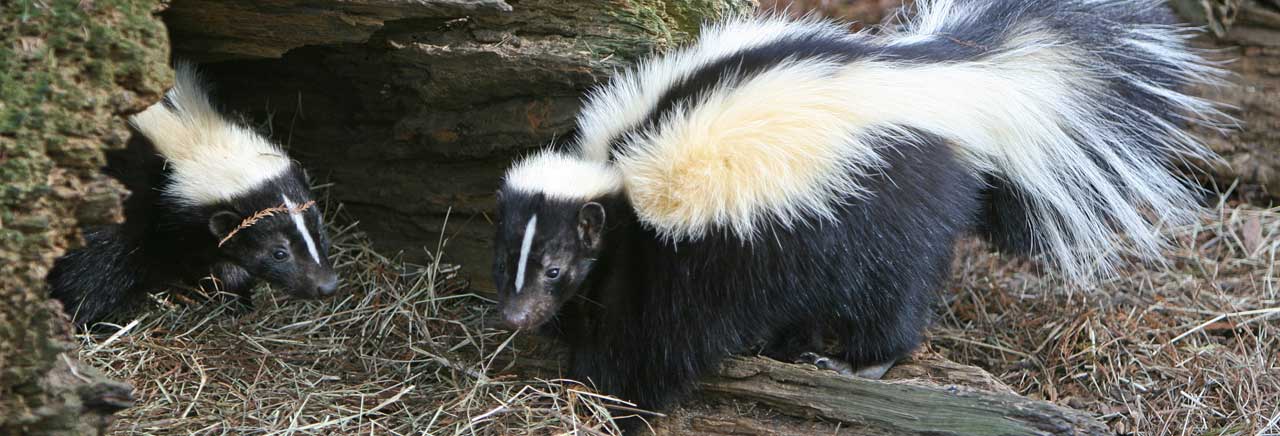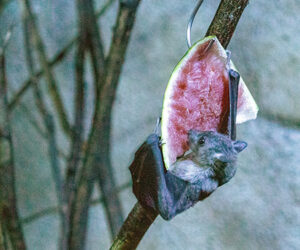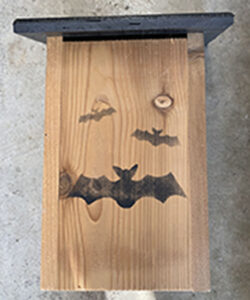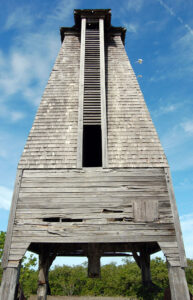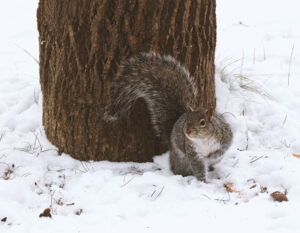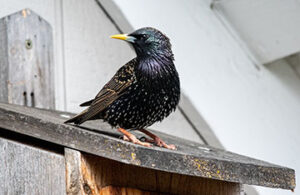
What do they do?
Starlings are very destructive birds that have a variety of destructive behaviors that harm our ecosystems and man-made structures. They can monopolize feeders, impact milk production in cows by picking out strong protein from the feed, and they also leave polluted droppings. Moreover, their dense bodies and large, tight flocks disrupt airplane engines causing accidents.
They often build their nests in homes or businesses. One of the most common places to build a nest is in the dryer or bathroom vents where their nesting debris causes ventilation issues or even a fire hazard. They also displace other birds by taking over their nesting spaces, destroying eggs, and harming the young. The female starlings will return to the same nest each year and add to it.
Starlings find any opportunities to take over nesting areas such as holes in trees and covered industrial nooks.
Where did they come from?
Starlings are not native to the United States, they actually came from Europe, Western Asia, and Northern Africa. They were introduced into the US’s ecosystems in 1890 during a celebratory act. It was a large misstep as the starlings populated quickly.
What do they look like?
They are chunky and blackbird-sized with short tails and long, slender beaks. During their flight, their wings are short and pointed which makes them appear as small four-pointed stars which is how they earned their names. They are also known for their gracefully synchronized murmuration dances.
How do we get rid of them?
Due to their invasive nature, starlings are not protected by the Migratory Bird Act. We are permitted to perform nest removal, trapping, and use one-way doors to flush them out of man-made structures. One-way doors ensure the birds have an escape point but are not able to return.
Starlings also nest behind shutters which creates a mess and their droppings carry parasites. We offer custom solutions for starlings behind shutters including removal, cleanup, and repair with color-matched aluminum to prevent any future issues.
After we remove the birds, we close off all active and potential entry points. For vents, we create custom screening solutions or use vent covers when applicable.
Starlings are not easily ignored, give us a call or check out our contact page if you believe you have starlings invading your property!
